[10000印刷√] the last judgement giotto 281734-The last judgement giotto meaning
In all, a total of 39 scenesA "Last Judgment" covers the entire west wall The rest of the chapel is covered with Arena Chapel, (consecrated March 25, 1305) small chapel built in the first years of the 14th century in Padua, Italy, by Enrico Scrovegni and containing frescoes by the Florentine painter Giotto (see photograph)The Last Supper by Giotto The composition scheme of this Giotto fresco connects certain features of the Byzantine prototype with completely new motifs that can enhance the so important for the artist effect of the authenticity of what is happening As in Byzantine art, Christ is placed at the edge of the table, on his chest lies the head of his beloved John
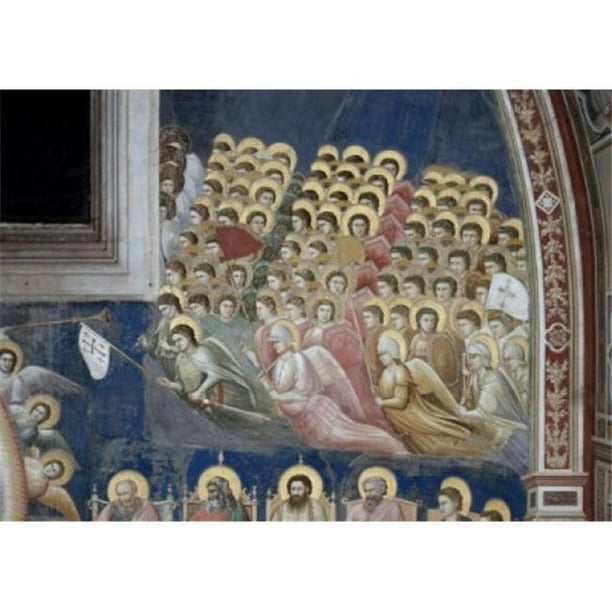
Posterazzi Sal The Last Judgement Detail 1303 1305 Giotto Ca 1266 1337 Italian Capella Degli Scrovegni Padua Italy 18 X 24 In Walmart Com Walmart Com
The last judgement giotto meaning
The last judgement giotto meaning-Giotto The father of Western Painting Figure 1 Enrico in the Last Judggment The artist who takes the biggest step away from the Medieval style of spiritual representation is Giotto You could say, in fact, that Giotto changed the direction of art history Giotto is perhaps best known for the frescos he painted in the Arena ChapelThe Last Judgement by Michelangelo The Last Judgement is the name of the fresco located on the wall behind the altar of the Sistine Chapel in Rome It was designed and realized by the Renaissance master Michelangelo Buonarroti between 1533 and 1541 It depicts the Second Coming of Christ as well as the final and eternal Judgement by God on all humanity according to the Christian religion



Di Bondone The Last Judgement Art Print Canvas On Stretcher Framed Picture
The Last Judgement, by Michelangelo Courtesy of wwwMichelangeloorg The gloom and terror of The Last Judgment come as a tremendous shock after the beauty of the Sistine Chapel Ceiling The change is symptomatic of the transformation which had come over Rome itself after the dreadful events of the Sack of Rome in 1527 and its aftermath, from which the center of Christendom did not recover for many yearsGiotto's Last Judgement The Universal Judgement, , Giotto, Scrovegni Chapel, Padua, Italy As we go about our daily lives we try to do what's right Our idThe Crucifixion by the Italian artist Giotto (b 1267 or 1277 d 1337 CE) The scene is part of a cycle of frescoes showing the life of the Virgin Mary and Jesus Christ Scrovegni Chapel (aka Arena Chapel) in Padua, northern Italy From c 1304 to c 1315 CE
The Last Judgment seizes the whole frontage of the Scrovegni Chapel and is the widest of all of the other frescos The windows are located on the upper section of the frontage, that represent the holy trinity;Giotto, Arena (Scrovegni) Chapel, 1305–06, fresco (Padua, Italy)speakers Dr Beth Harris and Dr Steven Zuckerpart 1 https//youtube/ZPJ9gGPa2spart 2 htLast Judgment Artist Giotto di Bondone Paintings Apparition at Arles Bardi Chapel Frescoes Baroncelli Polyptych Birth of Jesus Birth of Mary Confirmation of the Rule Crucifix Entry into Jerusalem Flight into Egypt Jesus Drives the Merchants Away from the Temple Joachim Among the Shephers Lamentation Last Judgment
Giotto's Arena (Scrovegni) Chapel, Padua, c 1305, Part 1 Speakers Dr Steven Zucker & Dr Beth Harris If you're seeing this message, it means we're having trouble loading external resources on our website If you're behind a web filter, please make sure that the domains *kastaticorg and *kasandboxorg are unblocked'Last Judgment' was created in 1306 by Giotto in Proto Renaissance style Find more prominent pieces of religious painting at Wikiartorg – best visual art databaseThe middle and lower tiers depict scenes from the Life of Jesus;
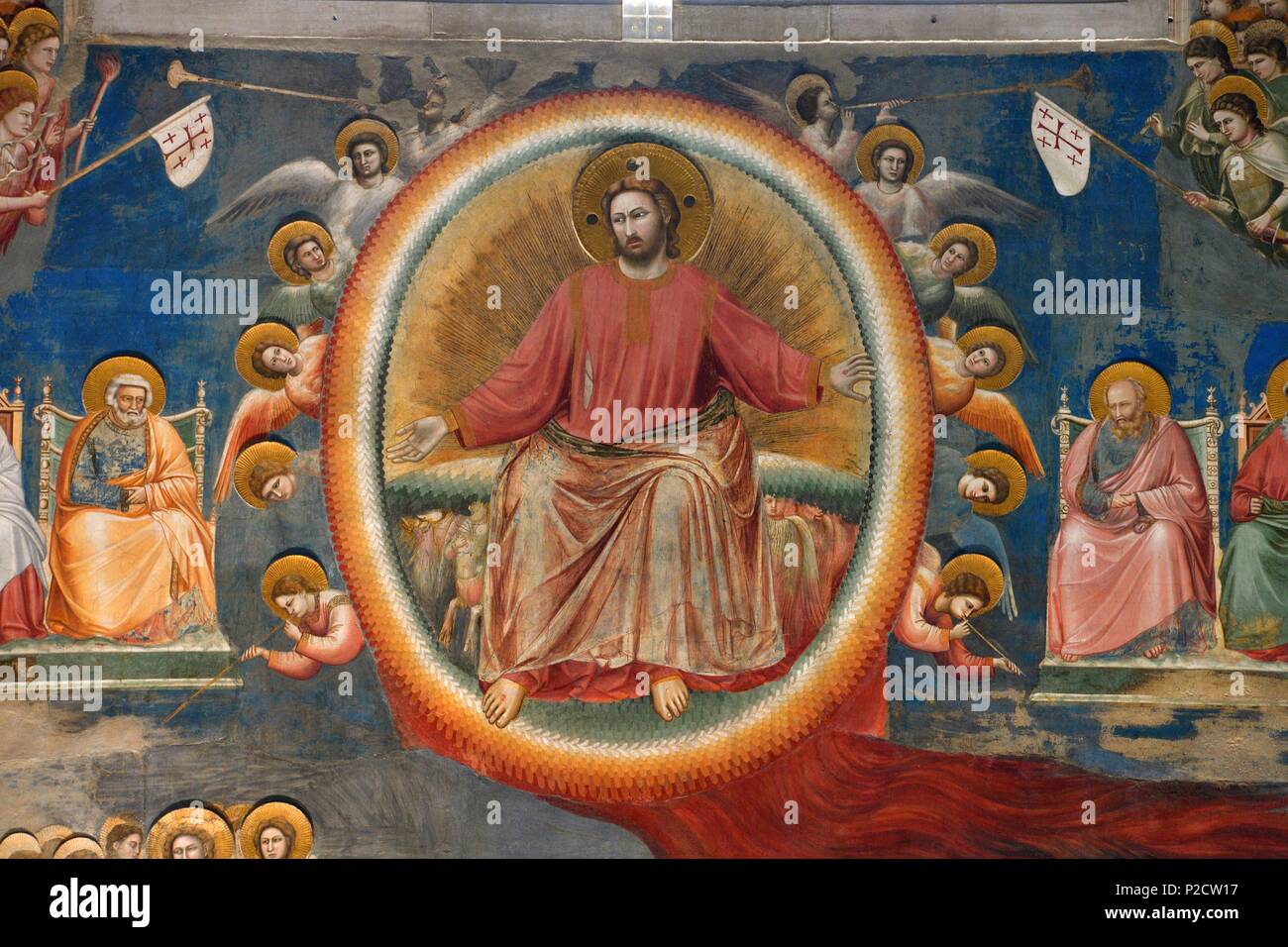


Scrovegni Chapel High Resolution Stock Photography And Images Alamy



Giotto The Last Judgement Detail Of Hell 3
Giotto paints a Last Judgment on the end wall of the Arena Chapel in Padua in as part of the decoration of the entire chapel for Enrico Scrovegni, a Paduan banker His Last Judgment is organized as most Last Judgment scenes of the 14th century are in ItalyBetween 1303 and 1310, Giotto produced his most famous work inside the Scrovegni Chapel in Padua His frescoes were divided into 37 narrative scenes which focused on the theme of Salvation and emphasized the Virgin Mary He arranged the cycle into 3 tiers on the walls and placed the painting of The Last Judgement on the counterfacadeThe frescoes tell the story of the lives of Mary (beginning with her parents, Joachim and Anna) and Christ on the long walls By the altar, Giotto painted the Annunciation, and at the other end, on the entrance wall, the Last Judgment Rather like a comic book without words, Giotto tells the story of Christ and his parents through pictures



38 Padua Italy Giotto Di Bondone Architecture Stock Photos Pictures Royalty Free Images Istock


Arena Chapel
Giotto also mastered architecture, designing a campanile, or bell tower, for the duomo (cathedral) of Florence;The Last Judgement is an Italian Renaissance Fresco Painting created by Giorgio Vasari from 1572 to 1579 It lives at the Museo dell'Opera del Duomo in Italy The image is in the Public Domain , and tagged Afterlife , Allegory , Jesus Christ and ApocalypseWhile the plans were later altered, the structure is still known as Giotto's Campanile



The Last Judgement Detail 4 1304 1306 Painting By Giotto Di Bondone Reproduction 1st Art Gallery
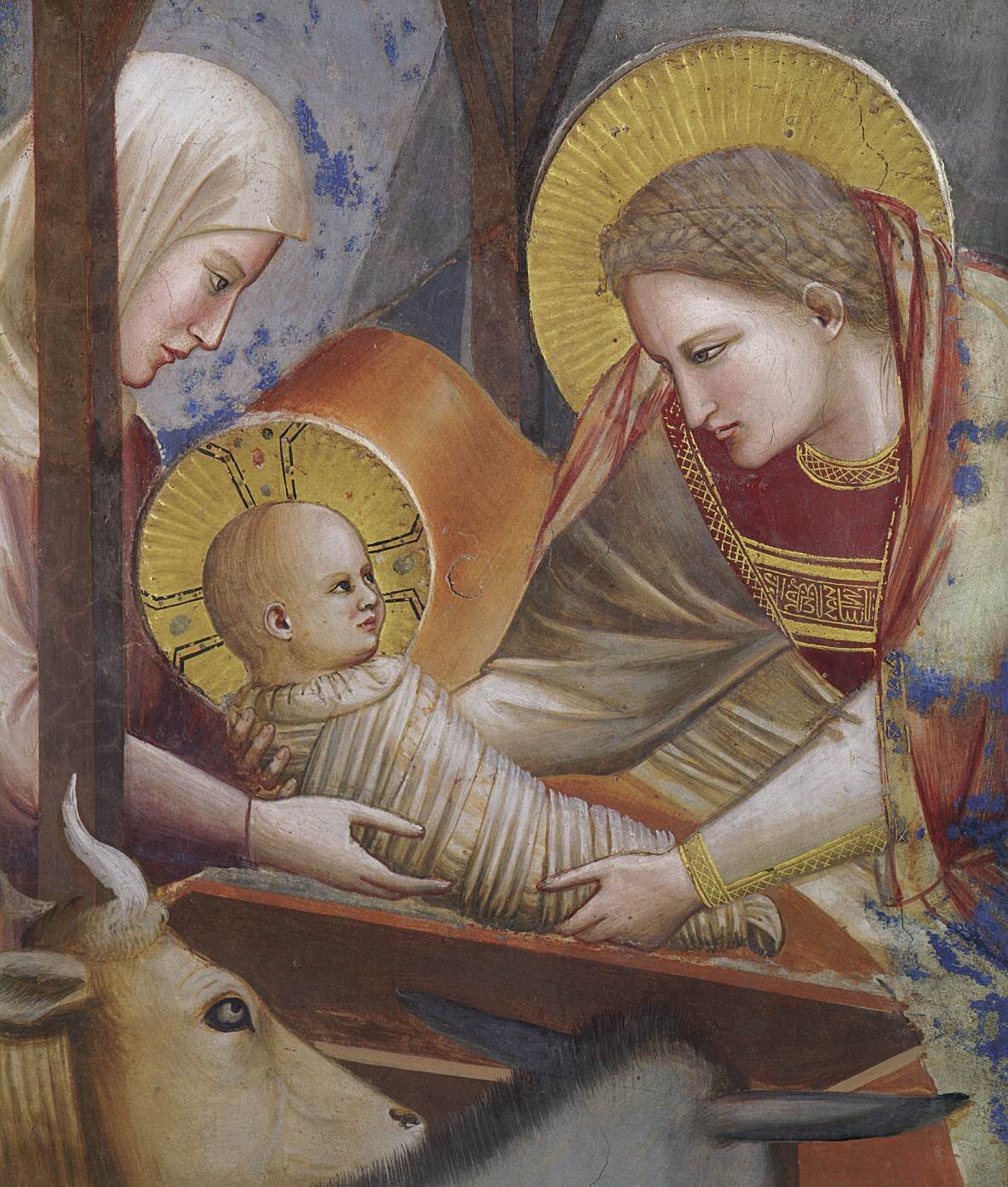


Yuletide Scenes Giotto S Nativity
The way in which Giotto establishes a connection between the presentday world of the faithful and the world beyond all time, the world of the Last Judgment, contains another interesting detail The donor Scrovegni, still alive at the time, kneels next to those being resurrected and offers "his" church to the three Marys, assisted by a priestGiotto's Last Judgement And in 1302, that meant Giotto Inside, over the main entrance, Giotto painted a Last Judgement (appropriate under the circumstances) that was to reign as Best Price Art Old Master oil reproductions or custom imageFlorence Cathedral, formally the Cattedrale di Santa Maria del Fiore (Italian pronunciation katteˈdraːle di ˈsanta maˈriːa del ˈfjoːre;



Scrovegni Chapel Giotto The Hell Detail Of The Last Jud Flickr


Last Judgment Detail 14 Cappella Scrovegni Arena Chapel Padua By Giotto Ambrogio Bondone 1267 1337 Italy Reproductions Giotto Ambrogio Bondone Wahooart Com
'Last Judgment' was created in 1306 by Giotto in Proto Renaissance style Find more prominent pieces of religious painting at Wikiartorg – best visual art databaseThe explicit subject of Giotto's Scrovegni Last Judgement is the state of souls after death, a common theme in medieval Christian art, and, if we believe that Dante's Epistle to Can Grande is authentic, also the stated authorial theme of the Commedia itself Giotto's work draws upon many standard medieval iconographic conventionsThe way in which Giotto establishes a connection between the presentday world of the faithful and the world beyond all time, the world of the Last Judgment, contains another interesting detail The donor Scrovegni, still alive at the time, kneels next to those being resurrected and offers "his" church to the three Marys, assisted by a priest



Giotto The Last Judgement



Last Judgement Central Detail Di Bondone Giotto Editorial Stock Photo Stock Image Shutterstock
This painting by Giotto is thought to have been created between 1304 and 1305 In the image, Giotto describes the Christian event of the Holy Eucharist (also called the Holy Communion or Sacrament) This is a key event in the establishment of the New Testament in the bibleIn English "Cathedral of Saint Mary of the Flower"), is the cathedral of Florence, Italy (Italian Duomo di Firenze)It was begun in 1296 in the Gothic style to a design of Arnolfo di Cambio and was structurally completed by 1436, with the domeBetween 1303 and 1310, Giotto produced his most famous work inside the Scrovegni Chapel in Padua His frescoes were divided into 37 narrative scenes which focused on the theme of Salvation and emphasized the Virgin Mary He arranged the cycle into 3 tiers on the walls and placed the painting of The Last Judgement on the counterfacade
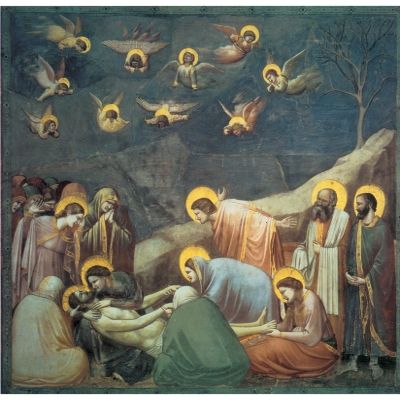


Giotto Artworks Famous Paintings Theartstory



The Judgement By Pietro Cavallini Rome And The Birth Of Modern Italian Painting Italian Ways
The "Judgement" by Pietro Cavallini, Rome and the birth of modern Italian painting Here are the majestic images of the "Last Judgment" in the Basilica of Santa Cecilia in Trastevere, painted by Pietro Cavallini, who was born in an unknown place in the mid13th century and died in Rome in the 1330s Cavallini – author of the marvelous mosaics in Santa Maria in Trastevere, a series of frescoes in Saint Paul Outside the Walls that disappeared in the fire of 13, and other paintingsGiotto, Giudizio universale, affresco nella Cappella degli Scrovegni a Padova The Last Judgment at the Arena Chapel (Cappella Scrovegni), in Padua Christ in Majesty is surrounded by a rainbow mandorla and angels, flanked by the ApostlesLast Judgment (detail) 1 Giotto $ $ Last Judgement, detail of Jesus Giotto $ $



Last Judgment By Giotto Di Bondone


Giotto Agli Scrovegni
It is Mary's intercessory power to forgive sin which opens a place in paradise for Enrico, depicted in the Last Judgment This interplay of mercy and sin is a major symbolic theme enriching the narrative One of the devices Giotto uses to convey this thematic interplay is through symbolic use of colourGiotto, Giudizio universale, affresco nella Cappella degli Scrovegni a Padova The Last Judgment at the Arena Chapel (Cappella Scrovegni), in Padua Christ in Majesty is surrounded by a rainbow mandorla and angels, flanked by the Apostles The Heavenly Host is above, while the saved and the damned are shown below, rising to Heaven or being dragged to HellThe middle and lower tiers depict scenes from the Life of Jesus;



Giotto S Arena Chapel Art History Ii



Giotto Painter And Architect 1267 1337 Idesignwiki
Occupying the entire west wall around the chapel's entrance is Giotto's rendition of the Last Judgment, which incorporates a devotional portrait of Enrico himself The remaining walls are covered with three tiers of frescoes the top tier is devoted to scenes from the Life of the Virgin Mary (to whom the chapel is dedicated);The Last Judgement, by Giotto, 1303 1305 about, 14th Century, fresco, cm 1000 x 840 Italy, Veneto, Padua, Scrovegni ChapelThe Last Judgement In the early years of the 1300s, the wealthy moneylender Enrico Scrovegni built a private chapel in the city of Padua, and employed Giotto to devise a decorative scheme for the entire interior The result was a mature masterpiece with a cohesive overall identity and a new approach to spatiality in painting



Last Judgment



Poster 30 X Cm Last Judgement By Giotto Di Bondone Art Print New Art Poster Giotto Di Bondone Amazon Co Uk Kitchen Home
Occupying the entire west wall around the chapel's entrance is Giotto's rendition of the Last Judgment, which incorporates a devotional portrait of Enrico himself The remaining walls are covered with three tiers of frescoes the top tier is devoted to scenes from the Life of the Virgin Mary (to whom the chapel is dedicated);Giotto ca 1267 – 1337 The Last Judgement fresco (10 × 8,40 m) — Cappella degli Scrovegni (Arena Chapel), Padua Giotto biography This work is linked to Revelation 4 Please scroll down to read more information about this workGIOTTO's LAST JUDGMENT IN THE ARENA (SCROVEGNI) CHAPEL Giotto paints a Last Judgment on the end wall of the Arena Chapel in Padua in as part of the decoration of the entire chapel for Enrico Scrovegni, a Paduan banker His Last Judgment is organized as most Last Judgment scenes of the 14th century are in Italy



The Last Judgement Detail Of The Patron Giotto Di Bondone As Art Print Or Hand Painted Oil


The Scrovegni Chapel My Moment With Giotto S Masterpiece Daydream Tourist
The Last Judgement is an Italian Renaissance Fresco Painting created by Giorgio Vasari from 1572 to 1579 It lives at the Museo dell'Opera del Duomo in Italy The image is in the Public Domain, and tagged Afterlife, Allegory, Jesus Christ and ApocalypseFreeArt provides Free 8x10 inch prints Fresco Capella degli Scrovegni, Padua, Italy Free art print of The Last Judgment by GiottoIt is Mary's intercessory power to forgive sin which opens a place in paradise for Enrico, depicted in the Last Judgment This interplay of mercy and sin is a major symbolic theme enriching the narrative One of the devices Giotto uses to convey this thematic interplay is through symbolic use of colour



Category 40 Last Judgement Hell Wikimedia Commons



The Last Judgement By Giotto Left And Dv Audio Production Facebook
FINAL JUDGEMENT BY GOD This is Giotto's largest work in the Arena Chapel Find this Pin and more on CHRISTIANITY JESUS CHRIST IS LORD AND THE ONLY HOPE FOR MANKIND!!!by Stephanie Lauren BoundsThe Last Judgement by the Italian artist Giotto (b 1267 or 1277 d 1337 CE) The scene is part of a cycle of frescoes showing the life of the Virgin Mary and Jesus Christ Scrovegni Chapel (aka Arena Chapel) in Padua, northern Italy From c 1304 to c 1315 CEGiotto di Bondone is universally acknowledged as something of a pioneer in the art world, having taken the first artistic step toward the Renaissance into Jerusalem Flight into Egypt Jesus Drives the Merchants Away from the Temple Joachim Among the Shephers Lamentation Last Judgment Last Supper Massacre of the Innocents Mourning of St



The Life And Art Of Giotto Father Of The Renaissance
.jpg)


The Last Judgement C 1305 By Giotto Di Bondone
Both are visible on a model of the church painted by Giotto on the counterfacade (the Last Judgement) The apse was the section where Enrico Scrovegni had meant to have his tomb The presence of frescoes dating to after 13 supports the demolition hypothesis proposed by Giuliano Pisani The apse, the most significant area in all churches, is where Enrico and his wife, Jacopina d'Este, were buriedThe "Last Judgment" by Giotto di Bondone, dated 1306, fresco in the Scrovegni Chapel (Arena Chapel) in Padua, is a masterpiece not only from the purely artisNext to the windows, two angels are rolling out the sky Then two cohorts of angels are figured, preceded by others who are holding flags
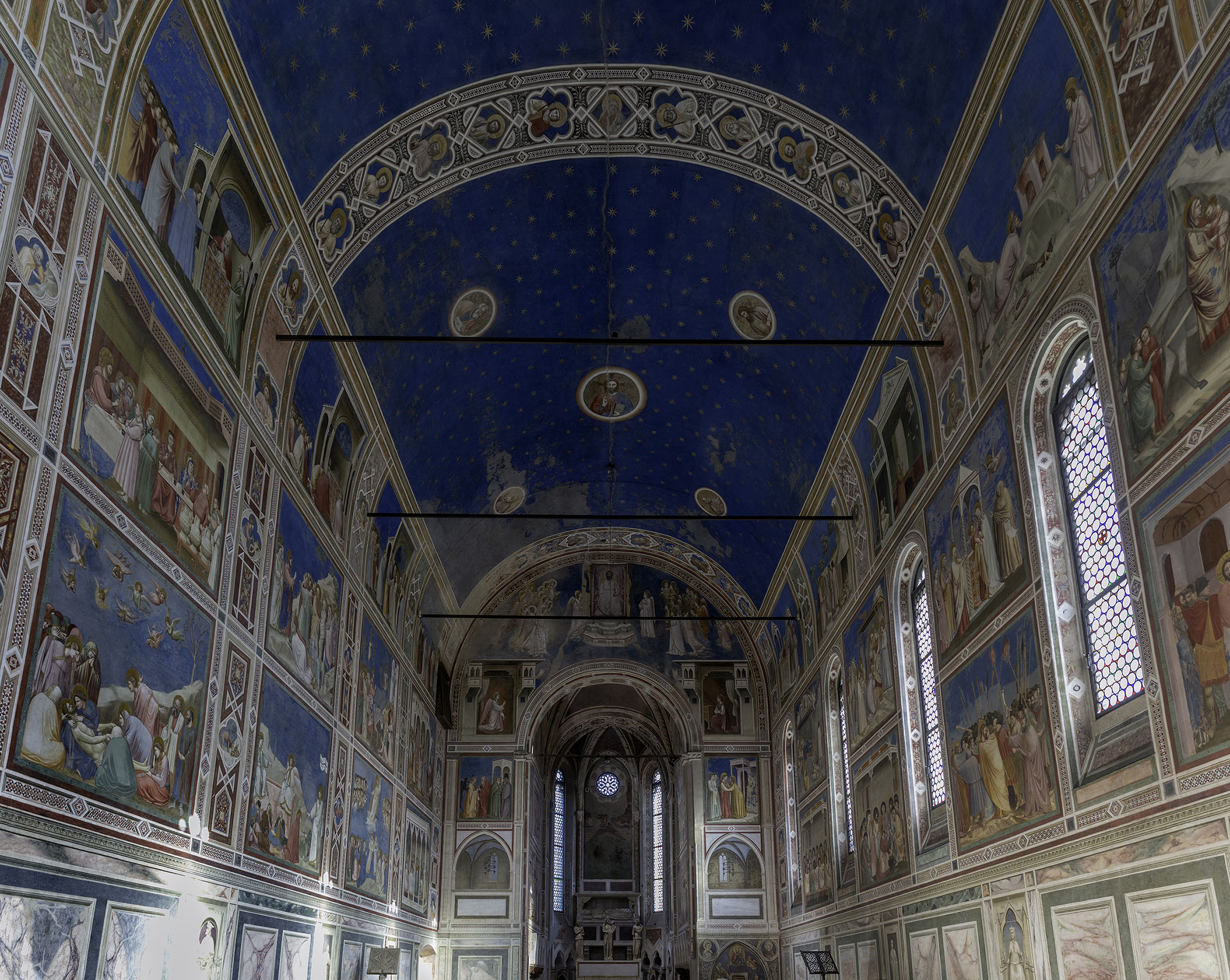


Giotto Arena Scrovegni Chapel Smarthistory



David Llewellyn Might Do A Depictions Of Hell Thread Today When I M Not Slaving Over A Hot Script And Or Refreshing My Bank Balance To See If The Multi Billion Company
Giotto, Arena (Scrovegni) Chapel, 1305–06, fresco (Padua, Italy)speakers Dr Beth Harris and Dr Steven Zuckerpart 1 https//youtube/ZPJ9gGPa2spart 2 htThat it was in 1306 that he came from Bologna to that city, we may conclude that to the same year, 1306, belongs the beginning of Giotto's great undertaking in the Arena chapelThe scheme includes a Saviour in Glory over the altar, a Last Judgment over the entrance door, and on either side a series of subjects from the Old and New Testaments and the apocryphal Life of Christ, painted inIn accordance with an old tradition, the entrance wall of the chapel is filled by the depiction of the Last Judgment This scene is as complex and crowded as the frescoes on the side walls are concentrated and reduced to essentials



Artbouillon Giotto S Hell



The Last Judgement By Giotto 1303 1305 About 14th Century Fresco Cm 1000 X 840 Stock Photo Picture And Rights Managed Image Pic Mdo Agefotostock
Giotto di Bondone's huge depiction of the Last Judgement can be found in the Scrovegni Chapel in Padua and represents one of his finest frescos This colossal work (his largest contribution to the Scrovegni Chapel) dominates from its position in the west of the church, standing at an imposing 1000cm tall by 840cm wide The size allowed Giotto to include huge numbers of supporting figures across the scene surrounding Christ who takes the focus in the centre of the compositionGiotto di Bondone (Italian pronunciation ˈdʒɔtto di bonˈdoːne;C 1267 – January 8, 1337), known mononymously as Giotto (UK / ˈ dʒ ɒ t oʊ /, US / dʒ i ˈ ɒ t oʊ, ˈ dʒ ɔː t oʊ /) and Latinised as Giottus, was an Italian painter and architect from Florence during the Late Middle AgesHe worked during the Gothic/ProtoRenaissance period Giotto's contemporary, the banker
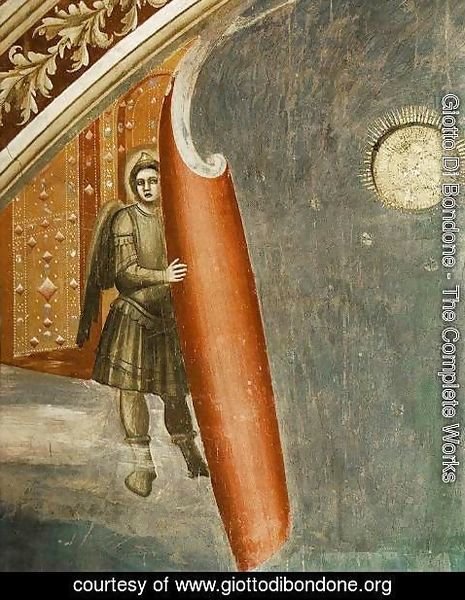


Last Judgment Detail 1 1306 By Giotto Di Bondone Oil Painting Giottodibondone Org



63 Arena Scrovegni Chapel Including Lamentation Ap Art History
It is known that Giotto, driven by the customer, was working on the Scrovegni Chapel in great haste It is believed that the "Last Judgment" could be written before the design of the main part of the chapel (and therefore the layout of the Enrique is somewhat different from the appearance that the chapel acquired in its final form), and most of the work on the drawings of Giotto was carried out by his studentsLast Judgment (detail) 1 Giotto $ $ Last Judgement, detail of Jesus Giotto $ $In all, a total of 39 scenes



Giotto S Arena Chapel Art History Ii
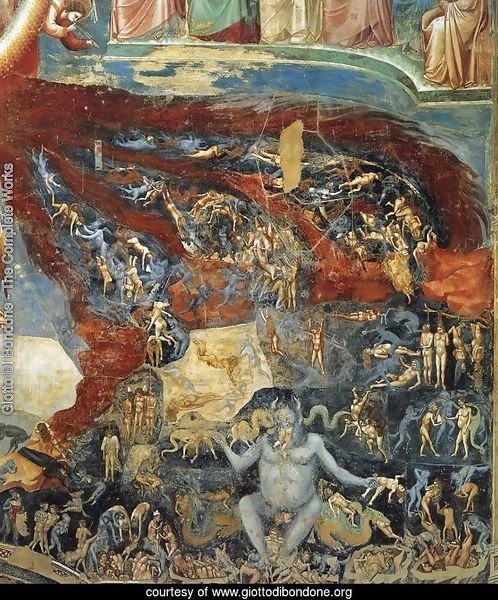


Last Judgment Detail 10 1306 By Giotto Di Bondone Oil Painting Giottodibondone Org



Di Bondone The Last Judgement Art Print Canvas On Stretcher Framed Picture


Q Tbn And9gctvhpwzoyt0lykxauwgzhprz5ukch33xd1ipadl93xyp Xbf2ld Usqp Cau


Giotto Last Judgment In The Scrovegni Chapel In Padua



Last Judgment



E Arthistory Giotto S Last Judgment In The Scrovegni Chapel



Last Judgment Detail 7 1306 Giotto Di Bondone Www Giottodibondone Org Art Web Gallery Of Art Giotto
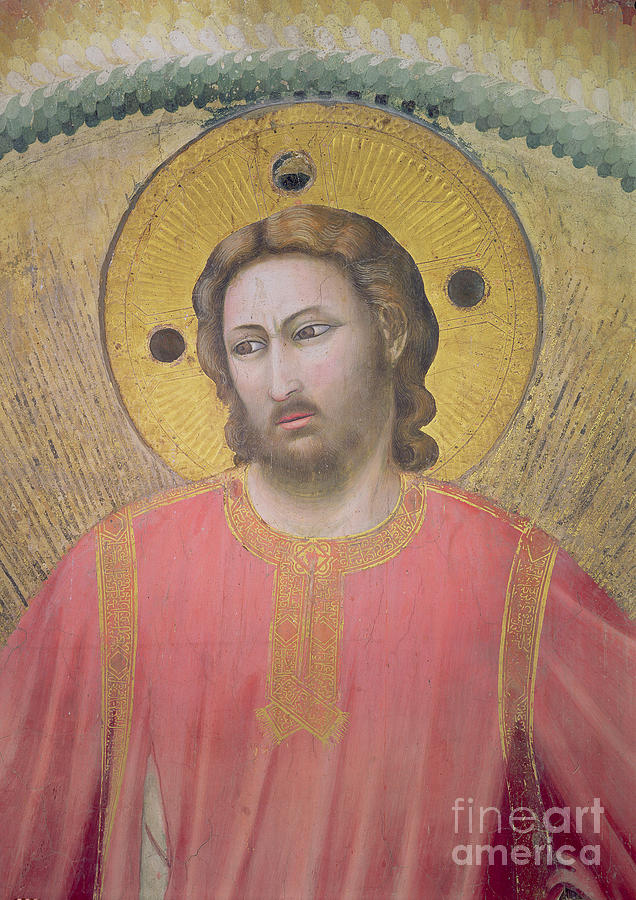


The Last Judgement Circa 1305 Detail Painting By Giotto Di Bondone


Giotto Last Judgement From The Arena Chapel Gothic C 1305
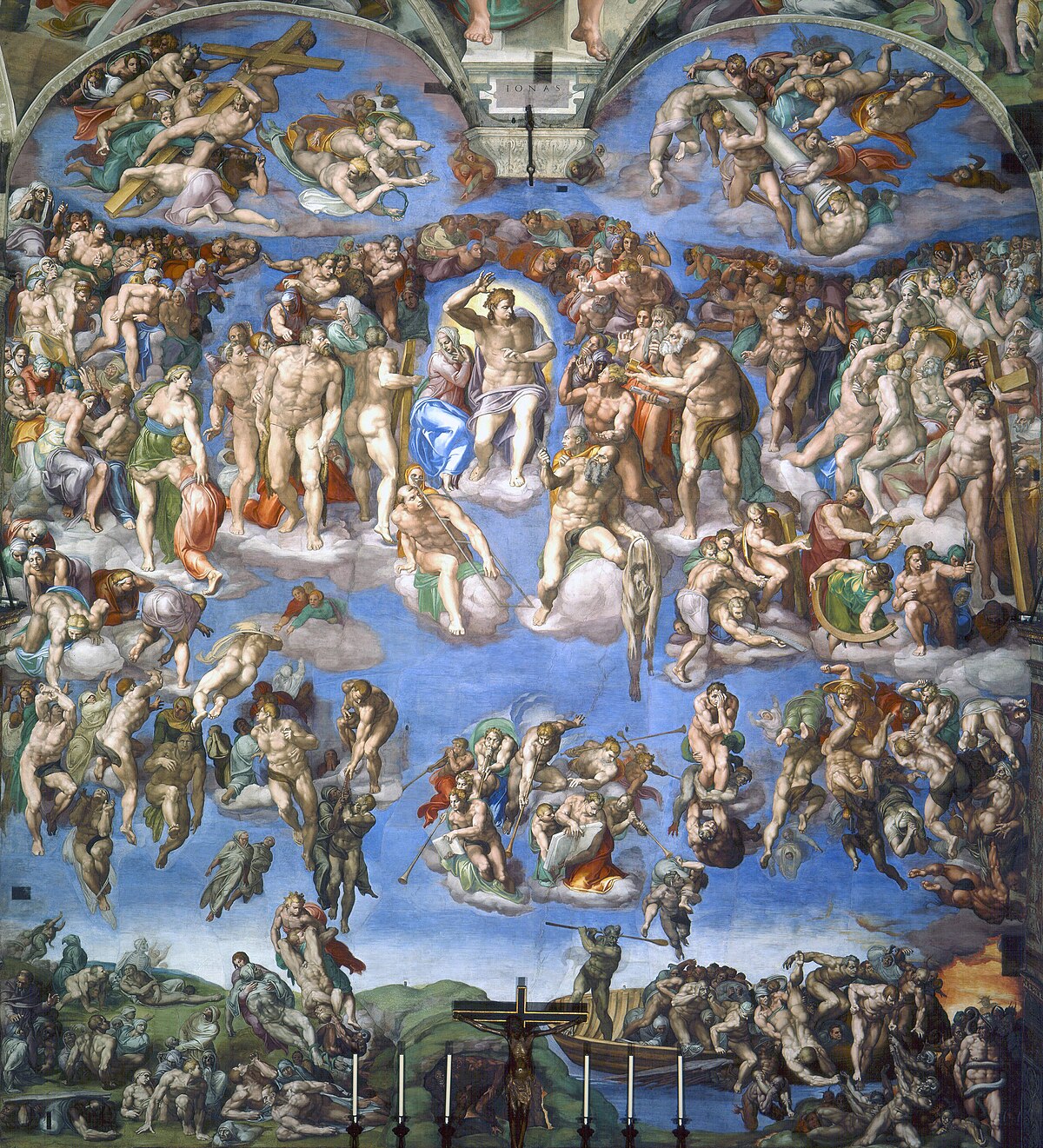


The Last Judgment Michelangelo Wikipedia



Top 10 Amazing Paintings Of Giotto


Lamentation The Mourning Of Christ By Giotto Di Bondone


Q Tbn And9gcrnjvxnittbjlthqs3g6sltzh2ndrettg5lqyg9bohunmkcpcpc Usqp Cau



E Arthistory Giotto S Last Judgment In The Scrovegni Chapel



Art History Of Italian Renaissance Flashcards Quizlet



Not Enough Time In Padua Epicurean Traveler



E Arthistory Giotto S Last Judgment In The Scrovegni Chapel



Giotto Last Judgement Detail 1306 Fresco Cappella Scro Flickr


Ppt Giotto Last Judgement Scrovegni Chapel Padua Powerpoint Presentation Free To View Id 3559c Mgjkm
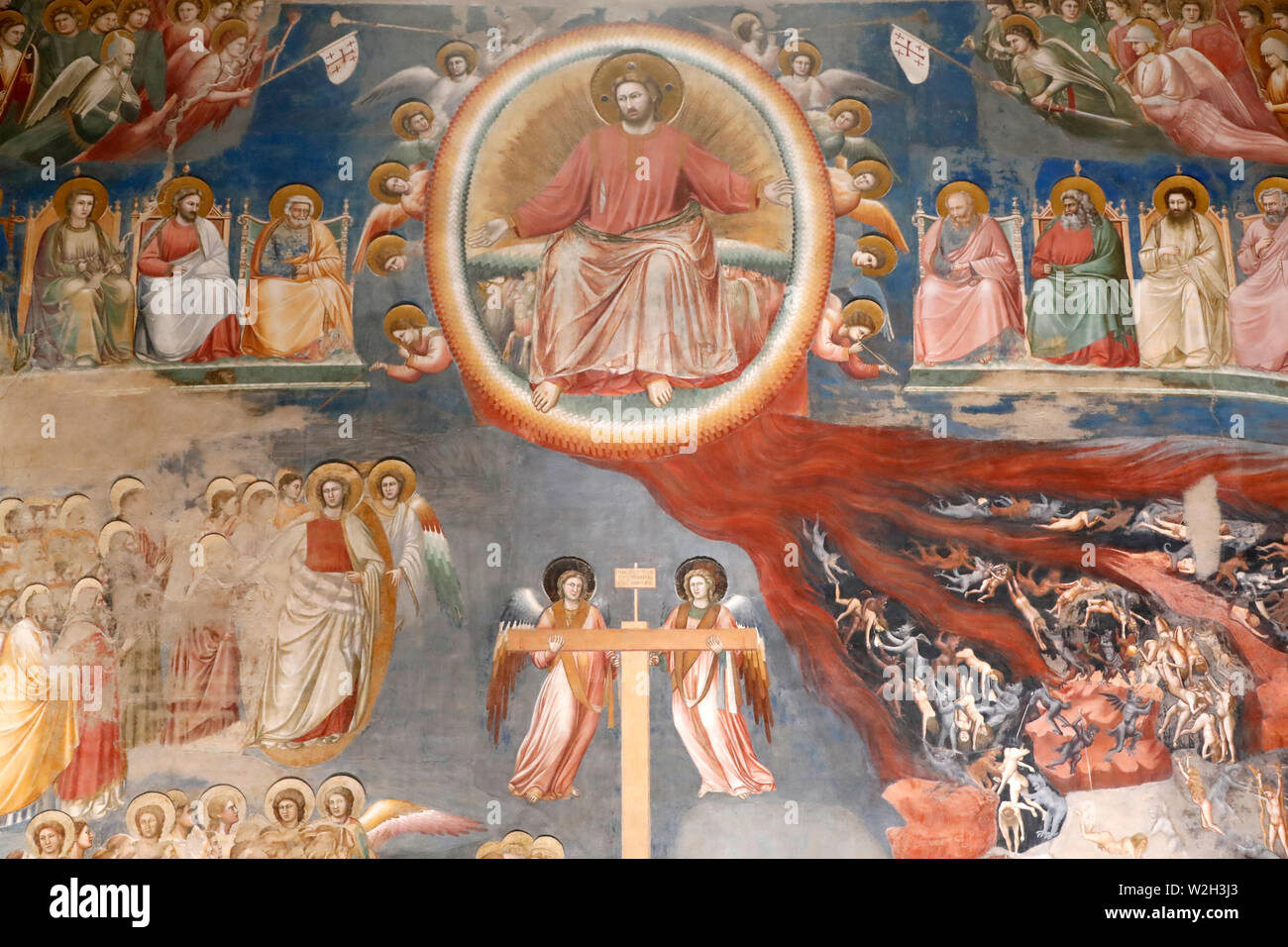


The Scrovegni Chapel Fresco By Giotto 14 Th Century The Last Judgement Padua Italy Stock Photo Alamy
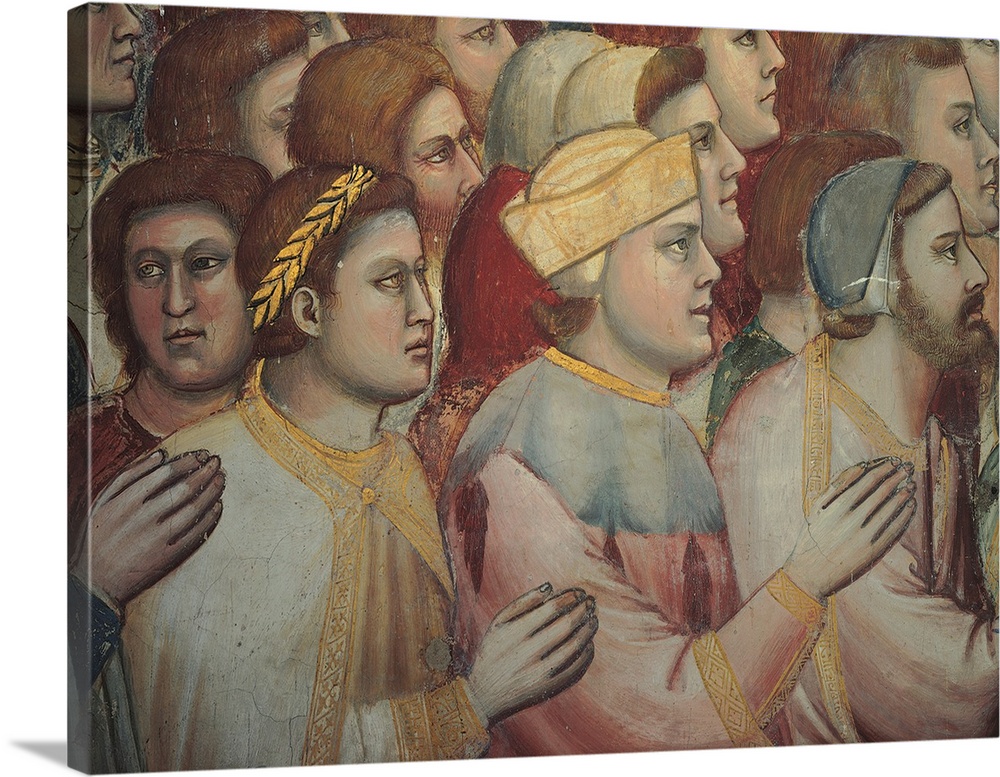


Last Judgment Self Portrait By Giotto 1303 1305 Scrovegni Chapel Padua Italy Wall Art Canvas Prints Framed Prints Wall Peels Great Big Canvas



Lives Of The Italian Renaissance The Last Judgement Giotto The Last Judgement Giotto The Last Judgement Giudizio Universale Giotto Di Bondone 1304 1306 1000 840 Cm Cappella Degli Scrovegni Padua C Wikimedia Commons The Judgement Of
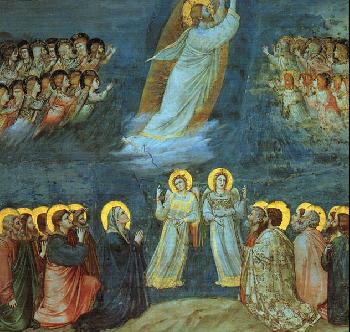


Giotto



Giotto Facts For Kids



63 Arena Scrovegni Chapel Including Lamentation Ap Art History
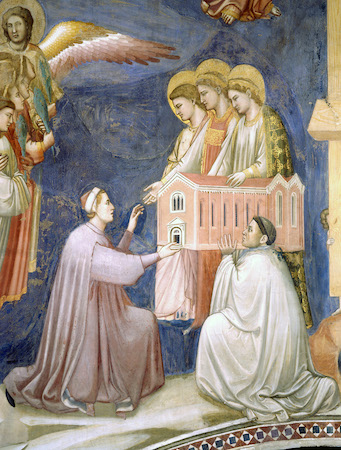


Giotto Arena Scrovegni Chapel Article Khan Academy



Amazon Com The Last Judgement Detail C 1305 1313 Giotto Di Bondone C 1266 1337 Florentine Fresco Arena Chapel Cappella Degli Scrovegni Padua Poster Print 18 X 24 Posters Prints
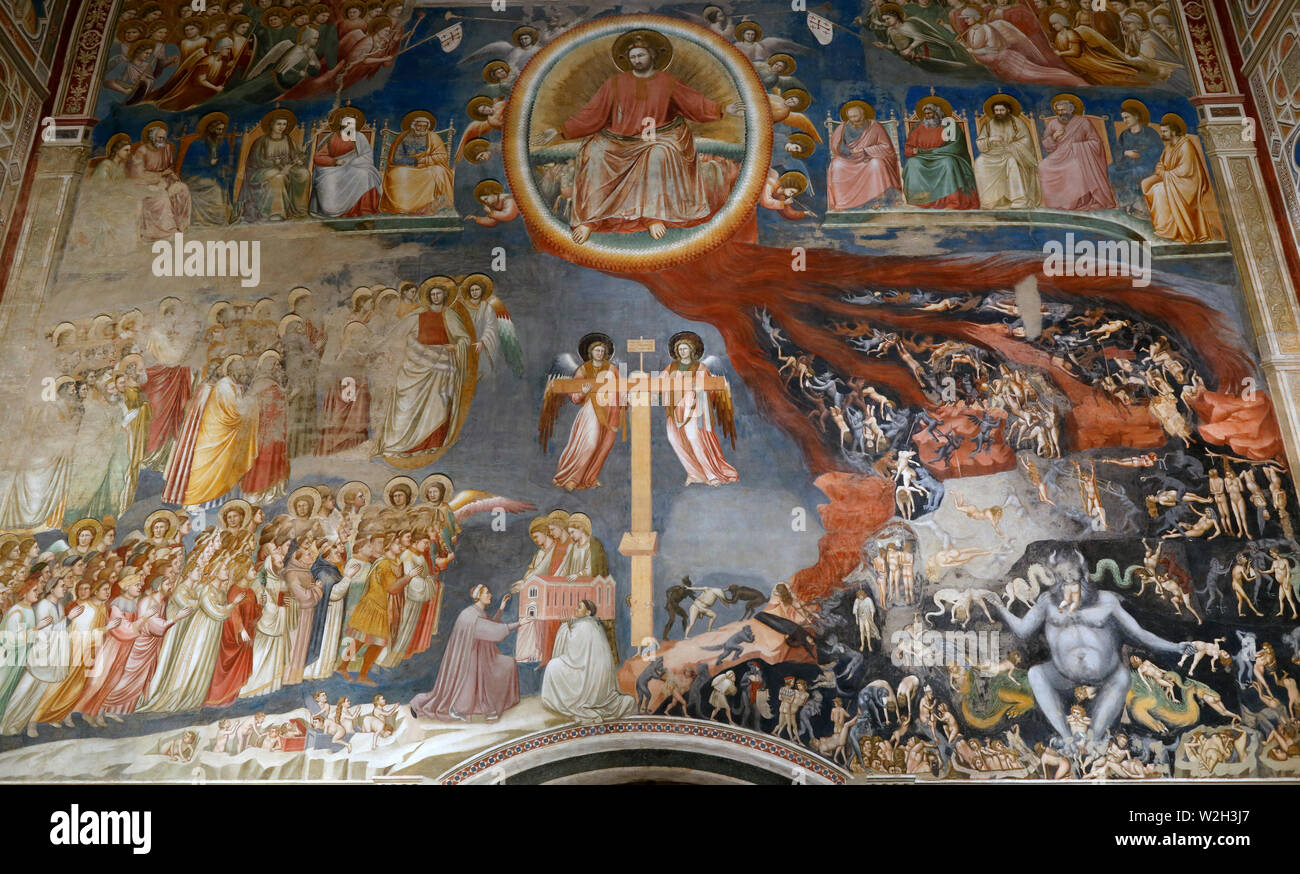


The Scrovegni Chapel Fresco By Giotto 14 Th Century The Last Judgement Padua Italy Stock Photo Alamy



6 Things You Must Know About Scrovegni Chapel Dailyartmagazine Com Art History Stories



Detail Of The Fresco Depicting The Last Judgement By Giotto Inside News Photo Getty Images


Giotto Last Judgment In The Scrovegni Chapel In Padua
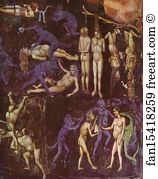


Free Art Print Of The Last Judgement Detail By Giotto 1304 1306 Fresco Capella Degli Scrovegni Padua Italy Freeart Fan
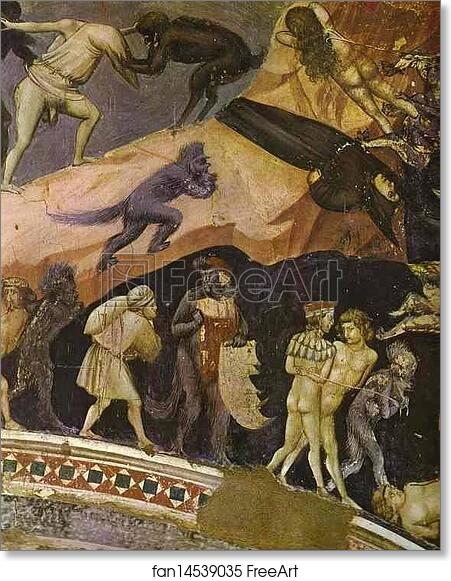


Free Art Print Of The Last Judgement Detail By Giotto 1304 1306 Fresco Capella Degli Scrovegni Padua Italy Freeart Fan


Giotto The Arena Chapel Italy Travel And Life


Last Judgement By Giotto Scrovegni Chapel Ebookartpadova


Q Tbn And9gcsxajnzprlcoyqynzzsgwatfc Tf0fotmicjdpaq6lvhd62ntud Usqp Cau



The Last Judgement Detail Enrico Scrovegni Presents The Model Of The Church To The Virgin Mary 1304 1306 Giotto Di Bondone Wikigallery Org The Largest Gallery In The World



Posterazzi Sal The Last Judgement Detail 1303 1305 Giotto Ca 1266 1337 Italian Capella Degli Scrovegni Padua Italy 18 X 24 In Walmart Com Walmart Com



The Last Judgement Giotto Di Bondone As Art Print Or Hand Painted Oil
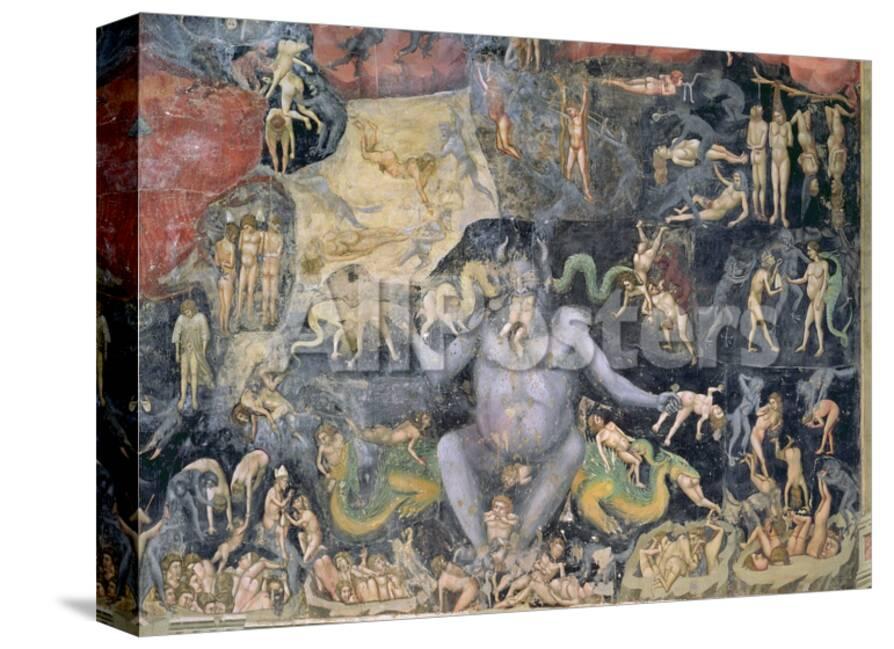


The Last Judgement C 1305 Detail Giclee Print Giotto Di Bondone Allposters Com
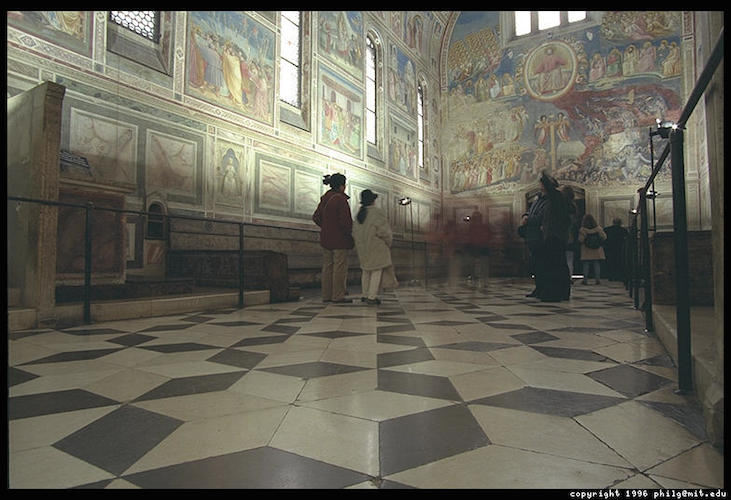


Giotto Arena Scrovegni Chapel Article Khan Academy


Last Judgement Giotto Di Bondone
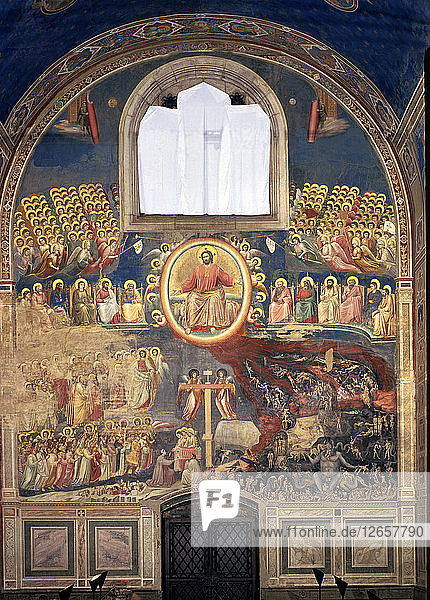


The Last Judgement 1305 1306 Fresco By Giotto


Giotto Di Bondone The Last Judgment At The Arena Chapel Cappella Scrovegni In Padua
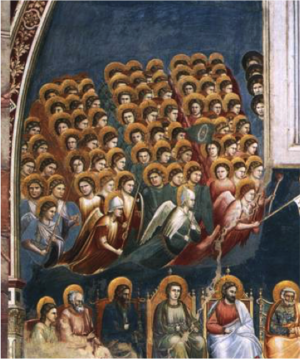


The Cloister Of The Dead Pi Media


Fresco Cycle In The Arena Chapel In Padua Scrovegni Chapel Scene The Last Judgement Detail Giotto Di Bondone



Superstock Sallarge The Last Judgement 1303 1305 Giotto 44 Ca 1266 1337 Italian Fresco Capella Degli Scrovegni Padua Italy Poster Print 44 24 X 36 Large Buy Online In Belize At Belize Desertcart Com Productid



6 Things You Must Know About Scrovegni Chapel Dailyartmagazine Com Art History Stories



Symbology Of The Last Judgment Giotto Di Bondone The Hidden Symbols In Arts Youtube


Lesson 103b Gothic Painting3 Arena Chapel



Detail Of The Fresco Depicting The Last Judgement By Giotto Inside News Photo Getty Images


The Last Judgement By Giotto Di Bondone



Padua Italy August Image Photo Free Trial Bigstock
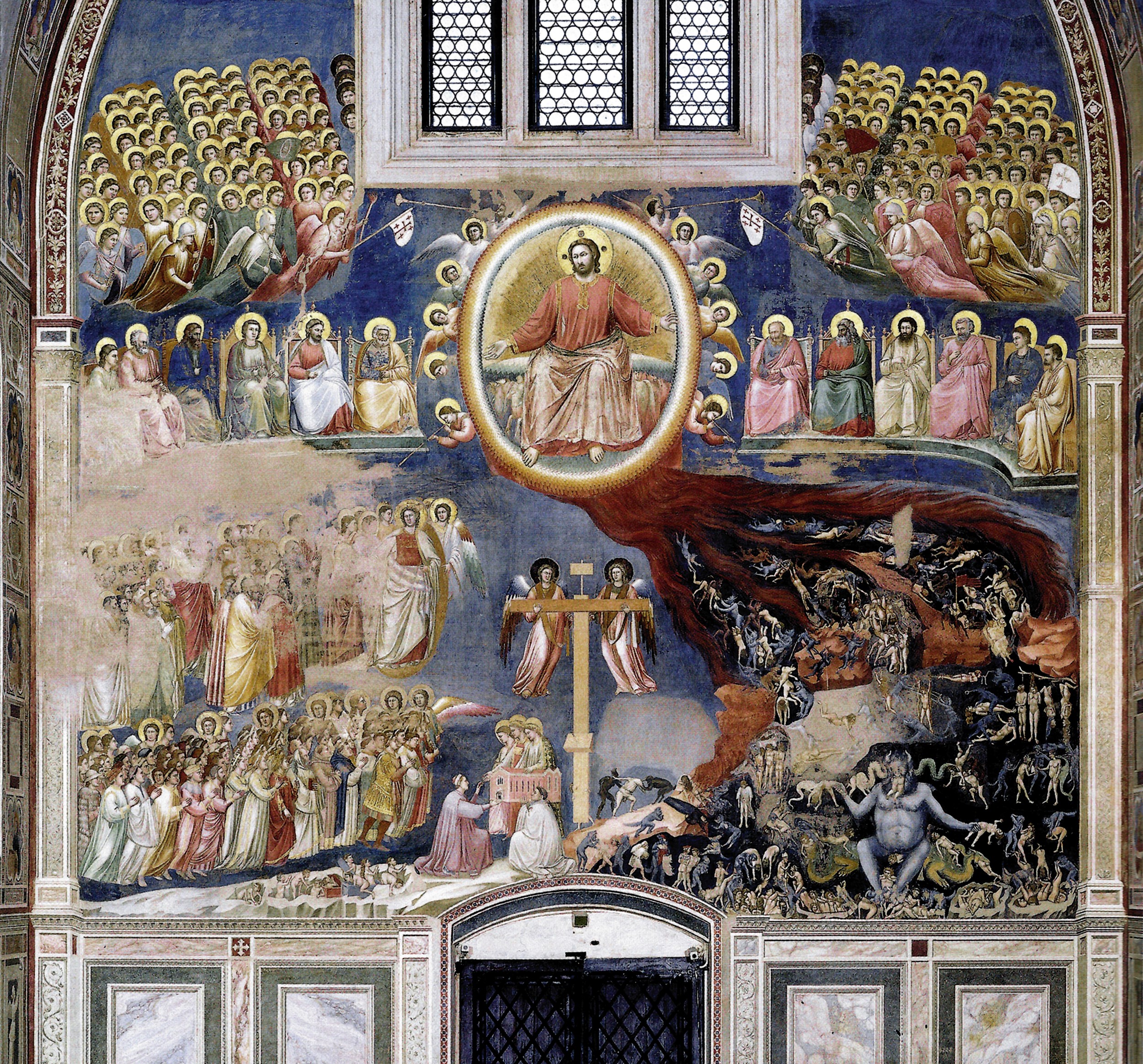


File Last Judgment Scrovegni Chapel Giotto 1306 Jpg Wikimedia Commons
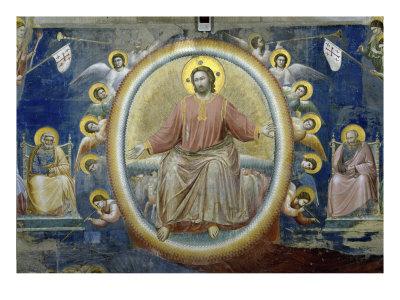


The Last Judgement Detail Giclee Print Giotto Di Bondone Art Com



The Scrovegni Chapel My Moment With Giotto S Masterpiece Daydream Tourist



Last Judgement Giudizio Universale By Giotto 1303 1305 14th Century Fresco Stock Photo Picture And Rights Managed Image Pic Mdo Agefotostock
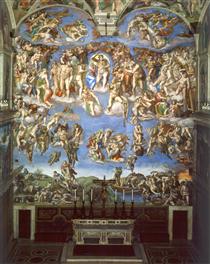


Last Judgment 1306 Giotto Wikiart Org



Giotto S Padua Masterpiece The Scrovegni Chapel Josette King


Arena Chapel


Kenney Mencher Giotto And The Arena Chapel



The Last Judgement Detail 5 1304 1306 Painting Giotto Oil Paintings


How Does Giotto S Last Judgement Compare To Michelangelo S Quora



Giotto Last Judgement Page 1 Line 17qq Com



Bondone Giotto Di The Last Judgement C 1305 13 Giotto Fresco Capella Scrovegni Padua Italy Poster Print Item Varsal



The Nativity By Giotto Illustration World History Encyclopedia



Art And Opinion Last Judgement Detail 1306 Giotto Di Bondone



Pin On Giotto Fra Angelico Uccello Assorted Pre Early Renaissance



Giotto Arena Chapel Nativity Kelly Bagdanov



Giotto Di Bondone Artble Com



Leading To The Renaissance



Scrovegni Chapel Wikipedia


コメント
コメントを投稿